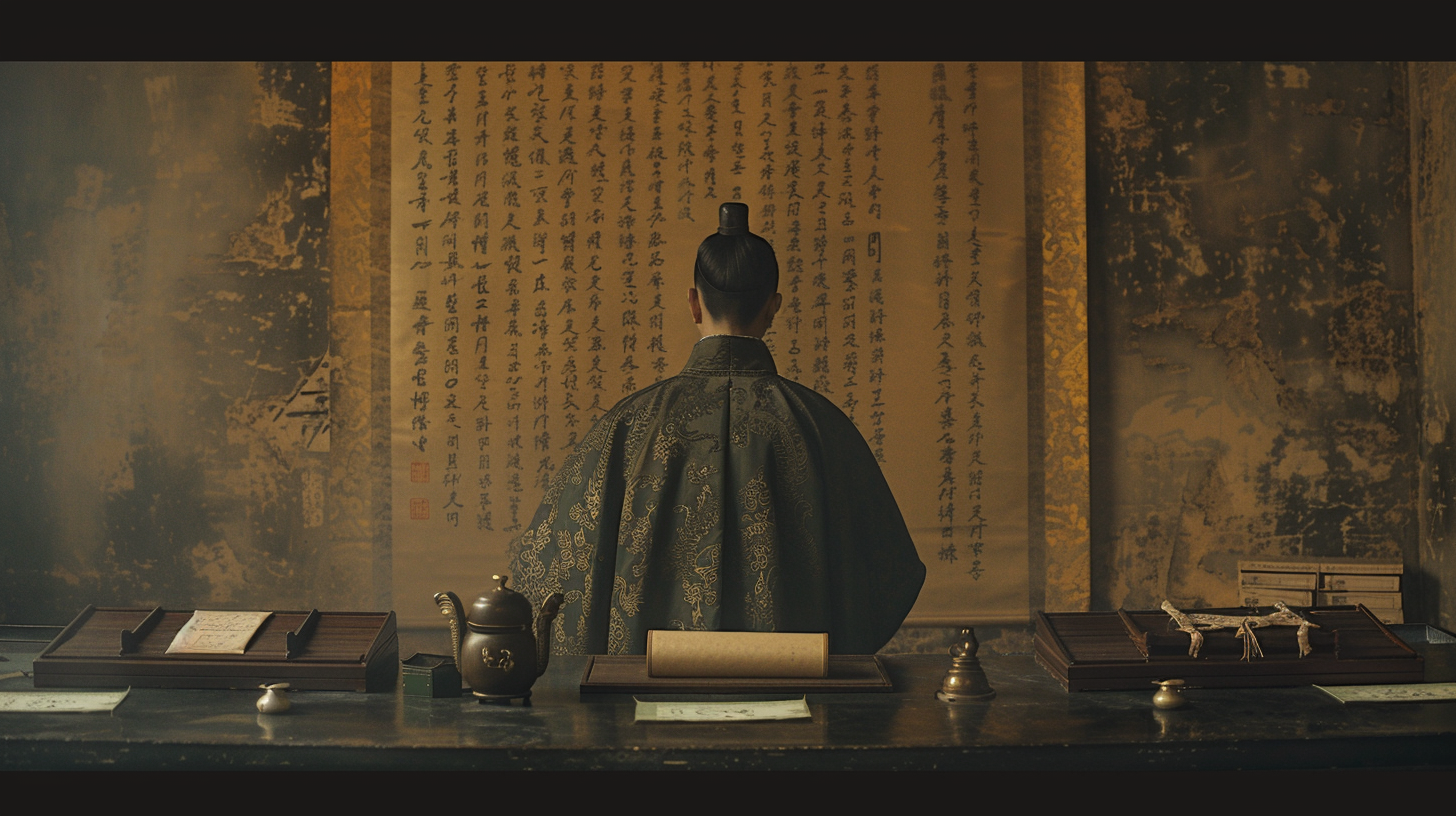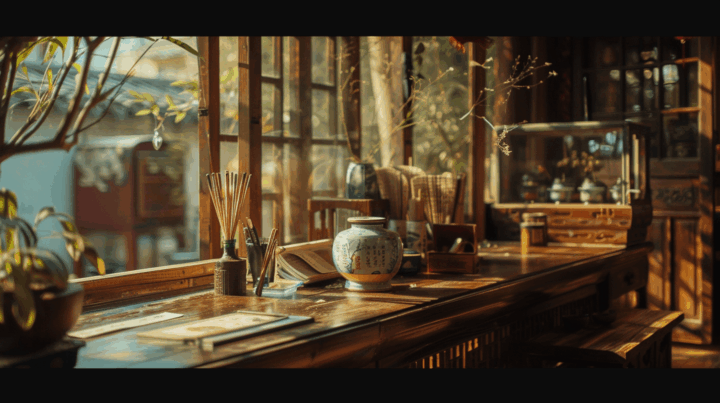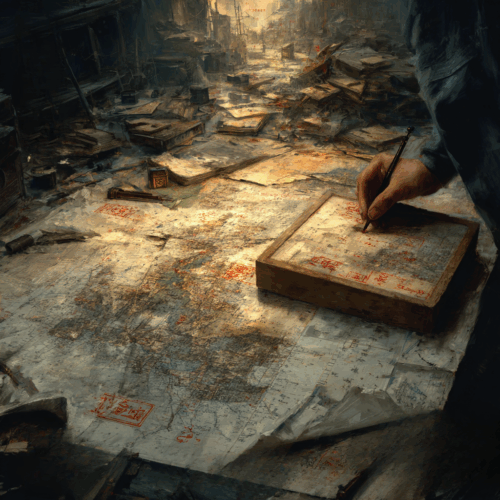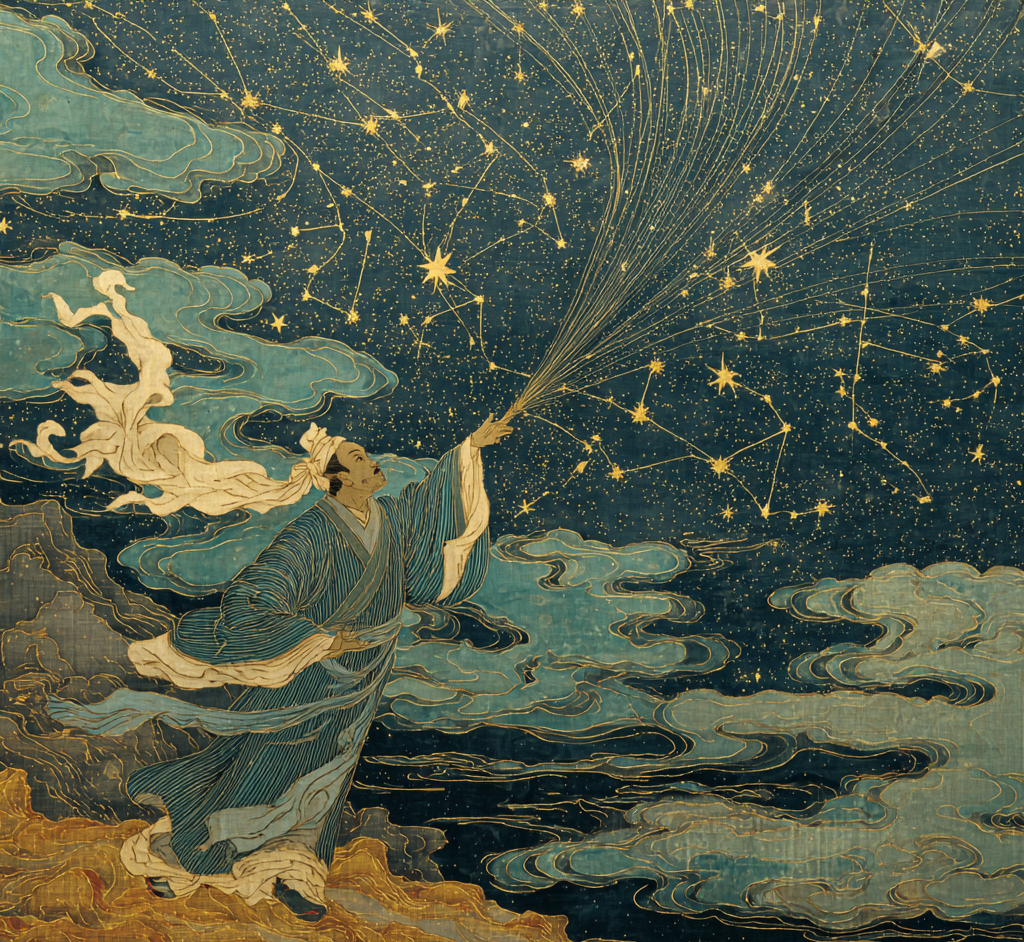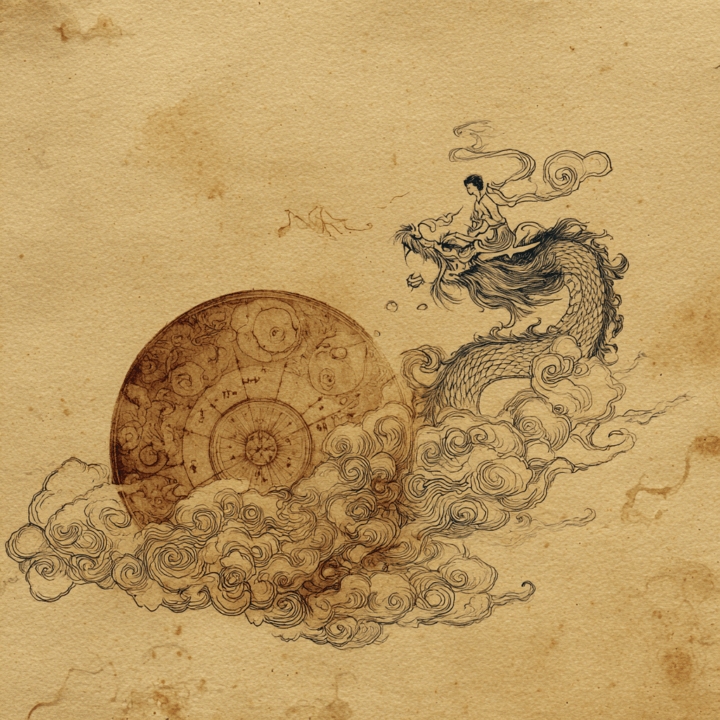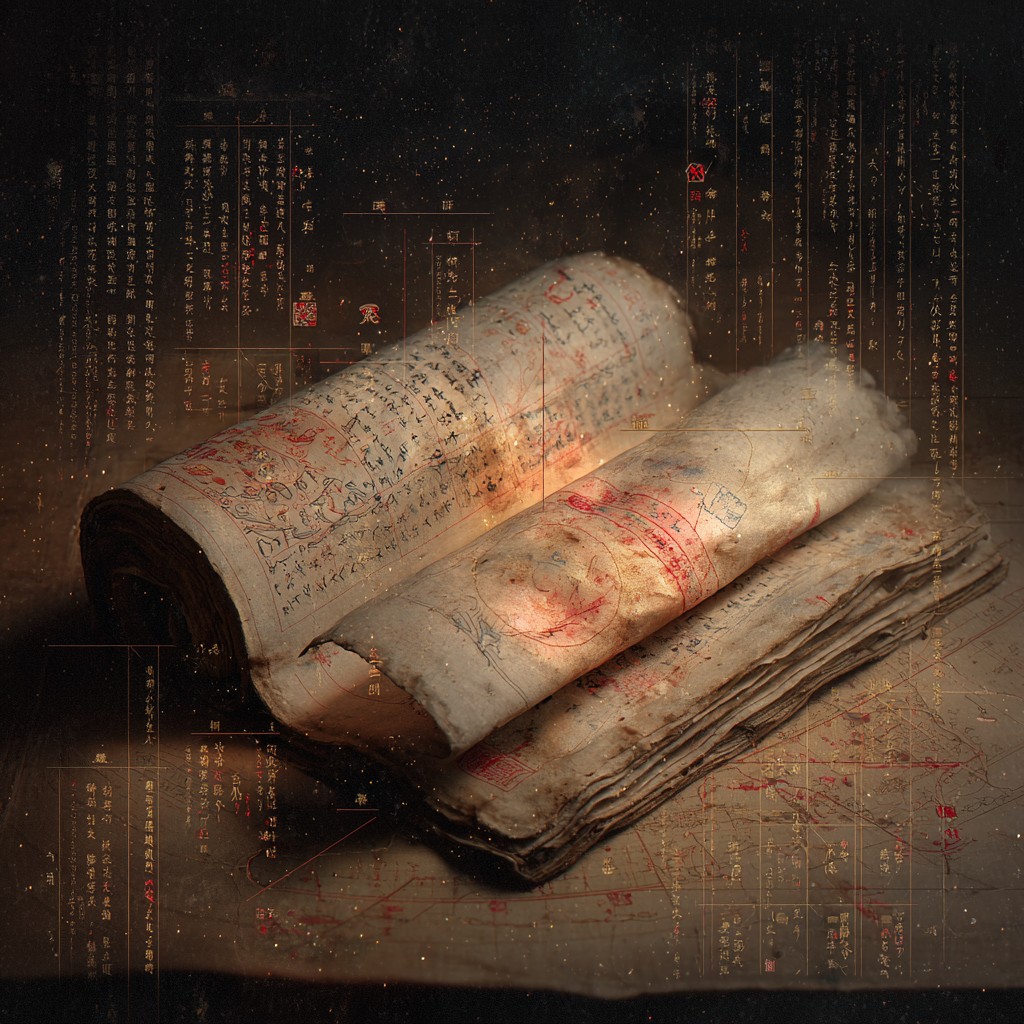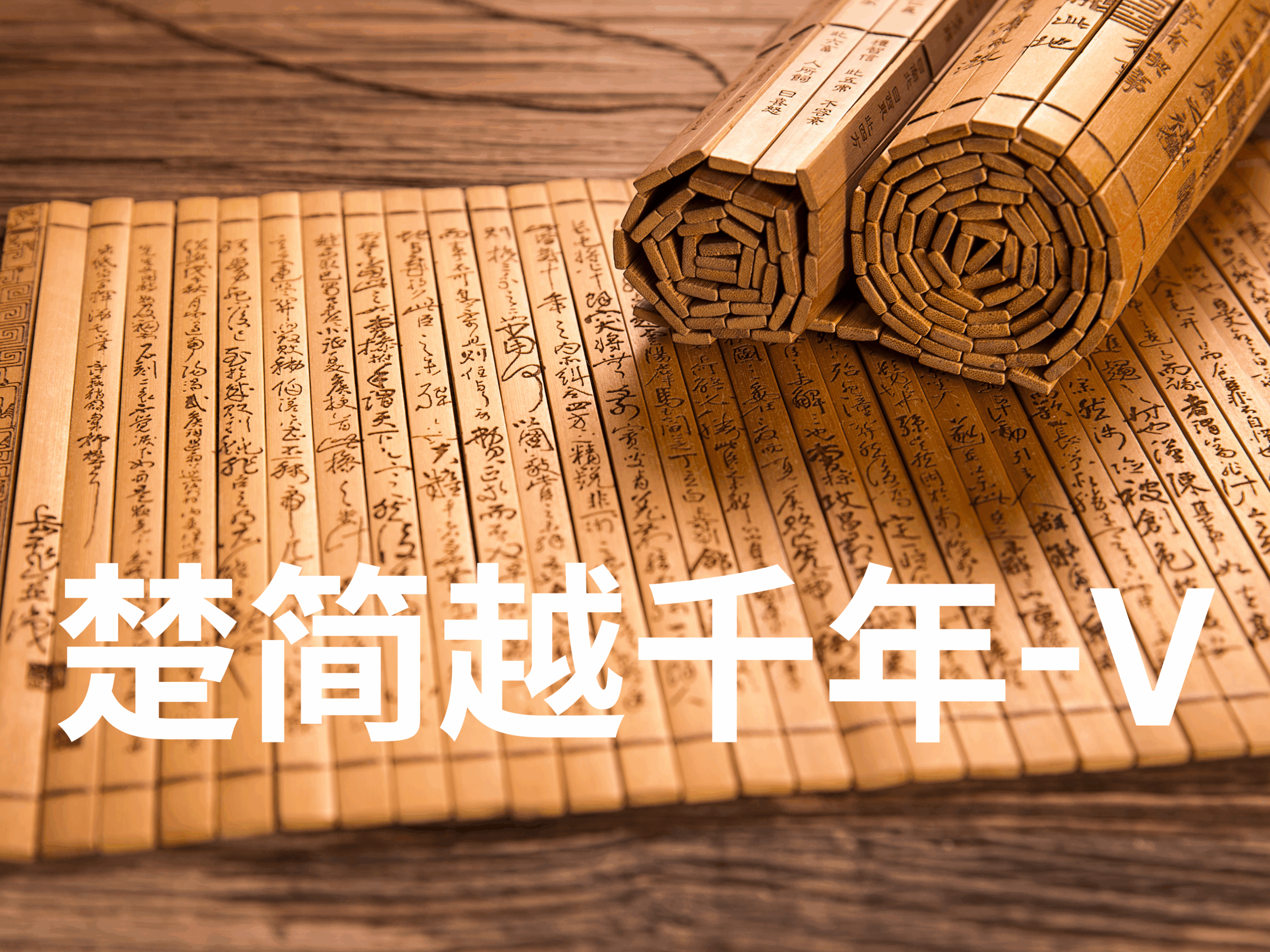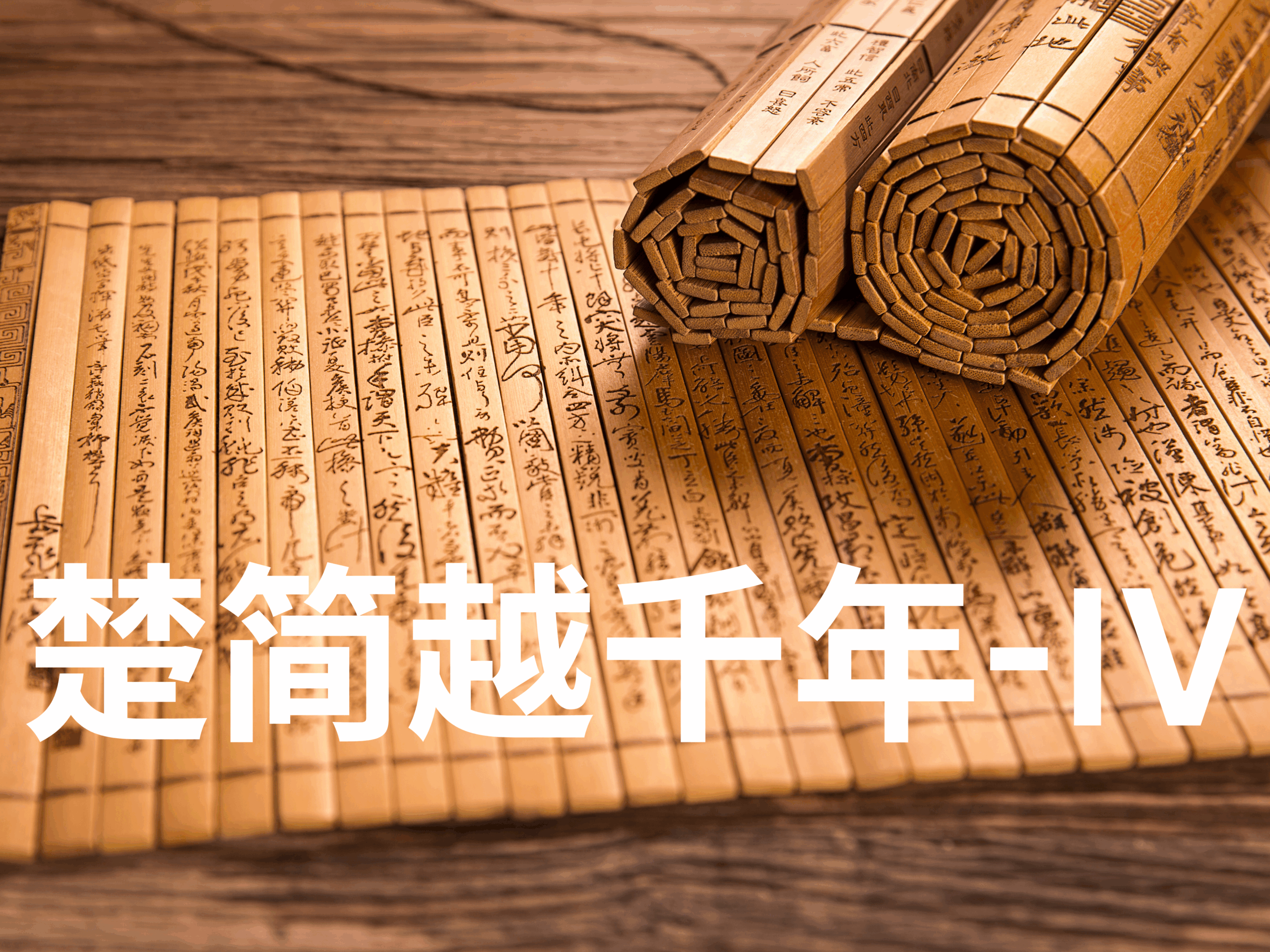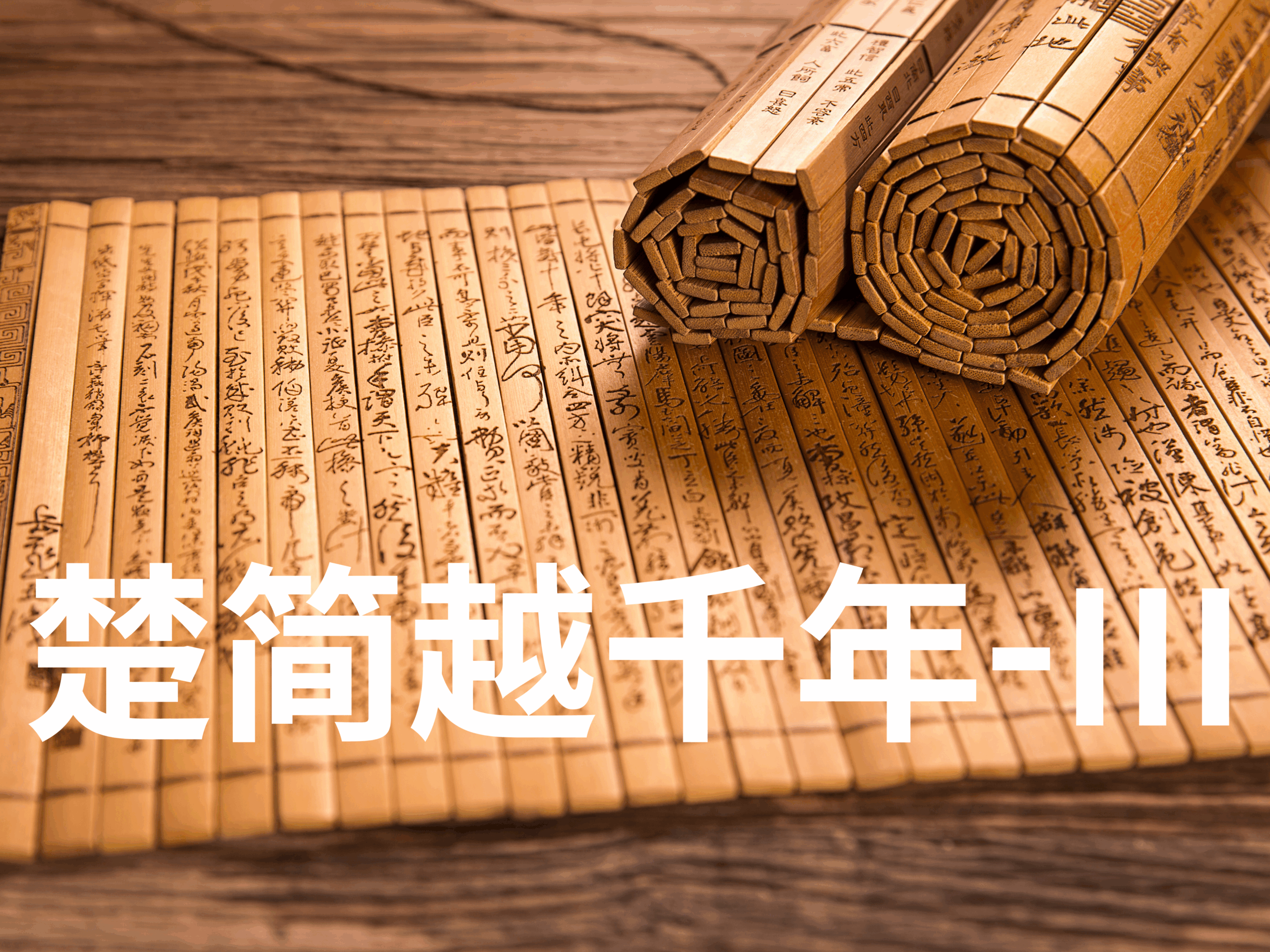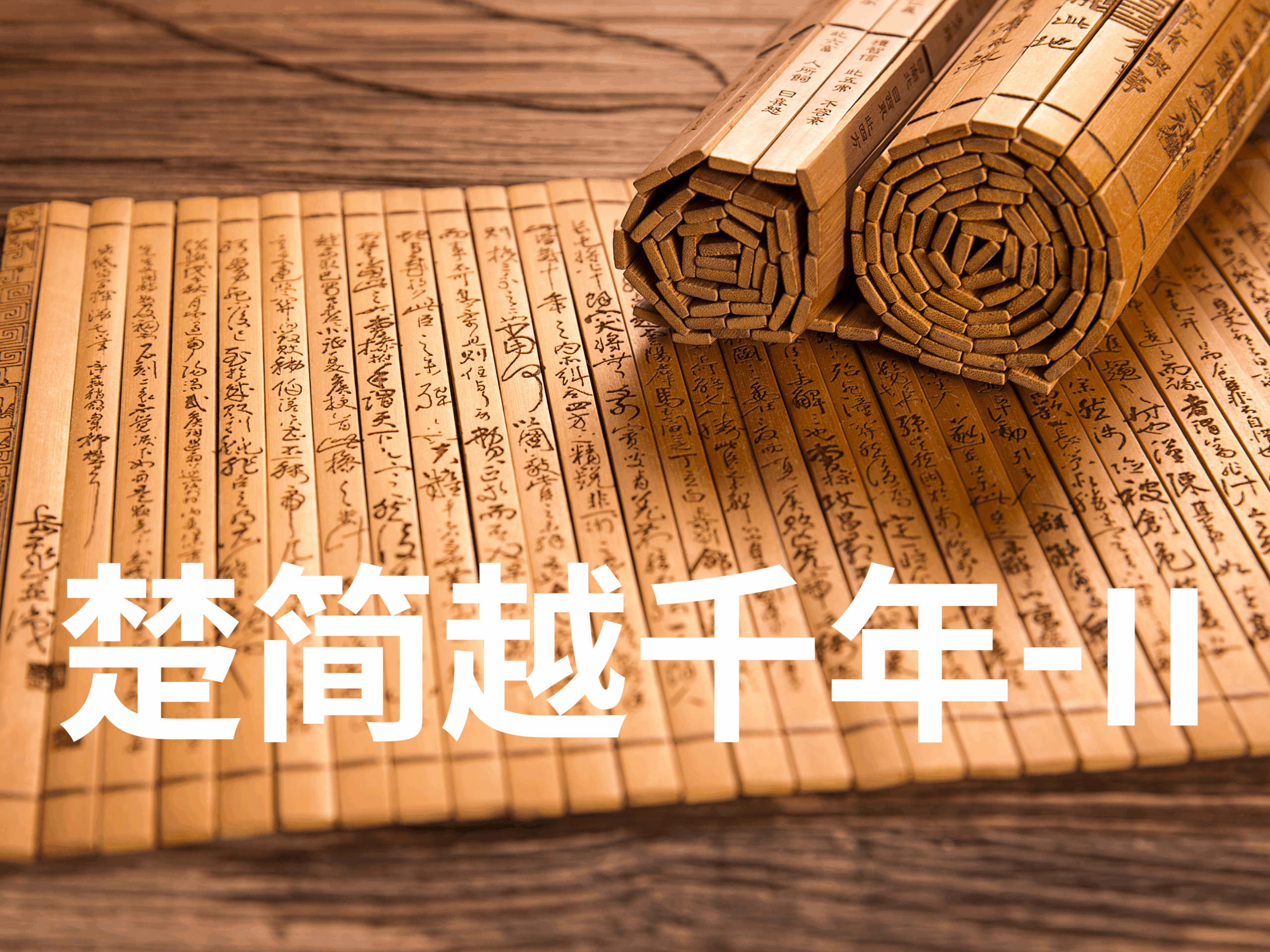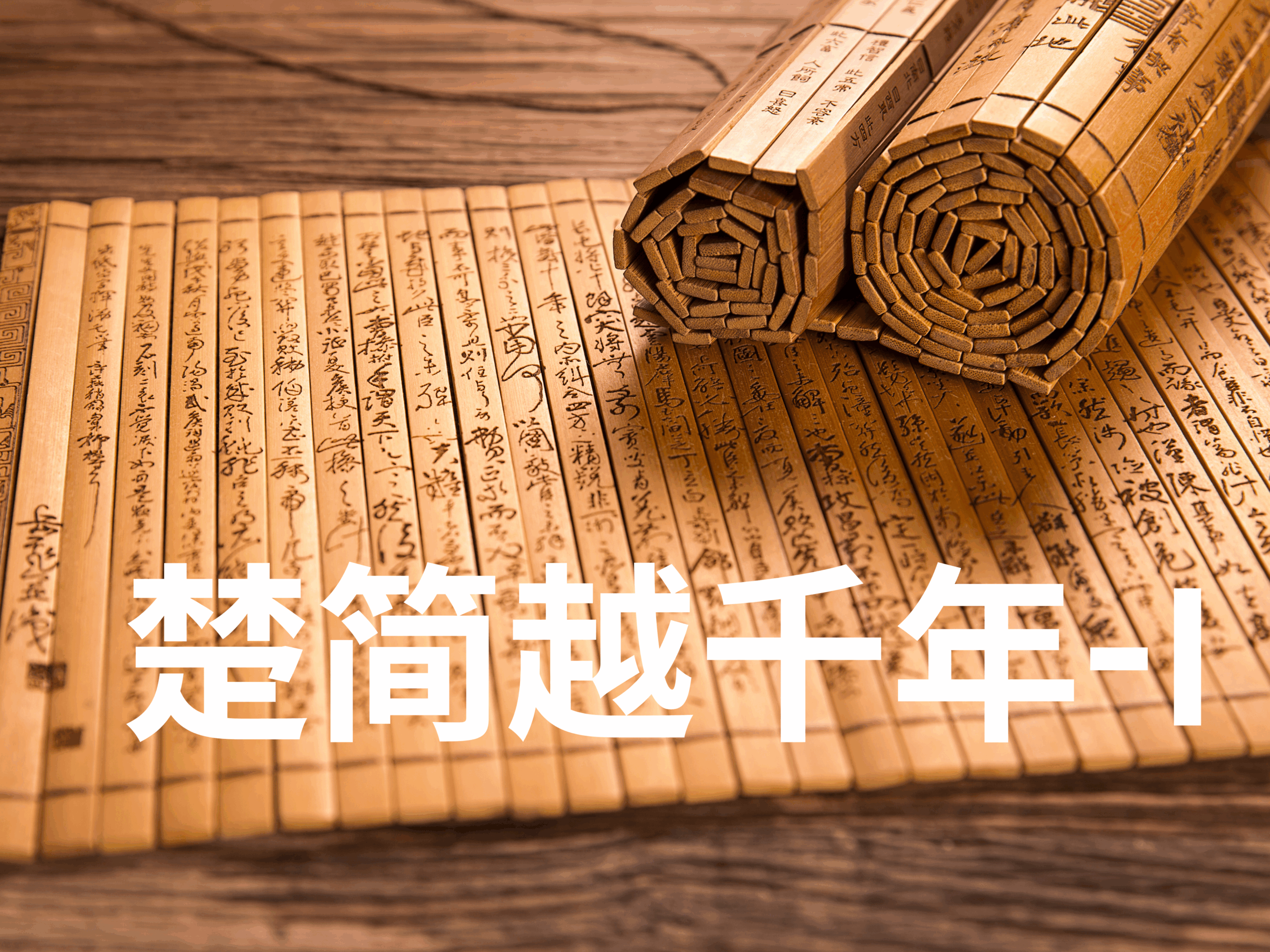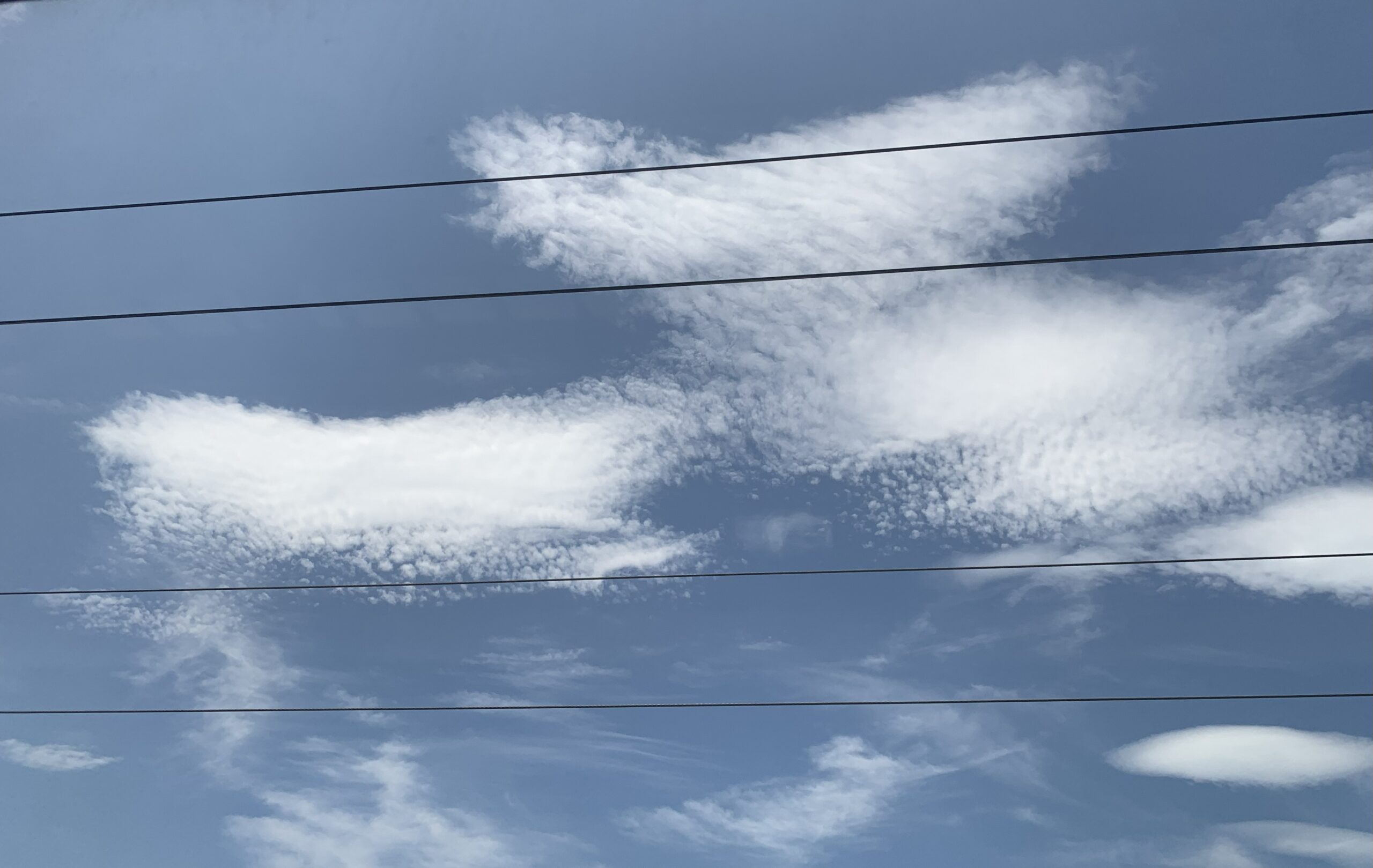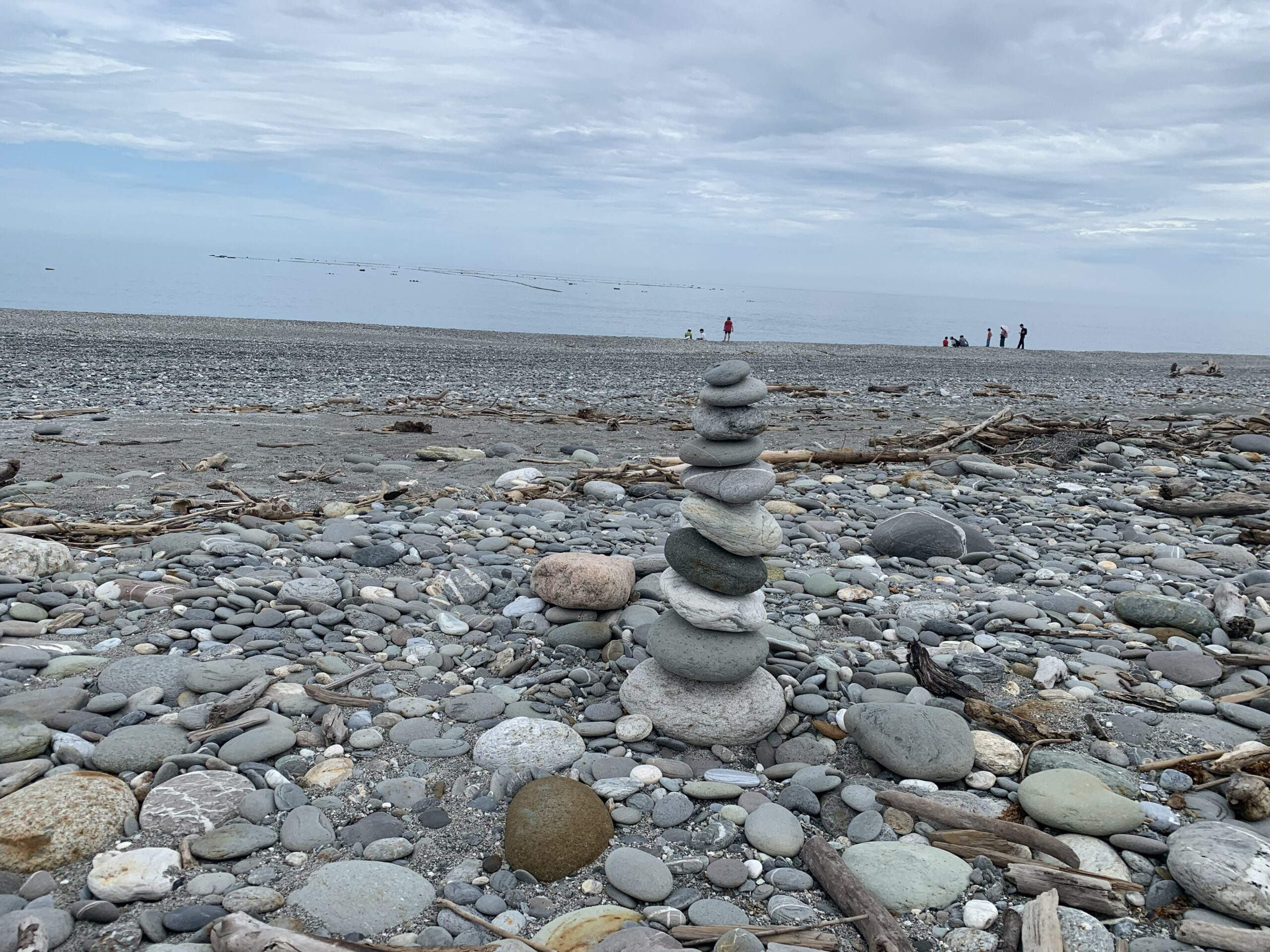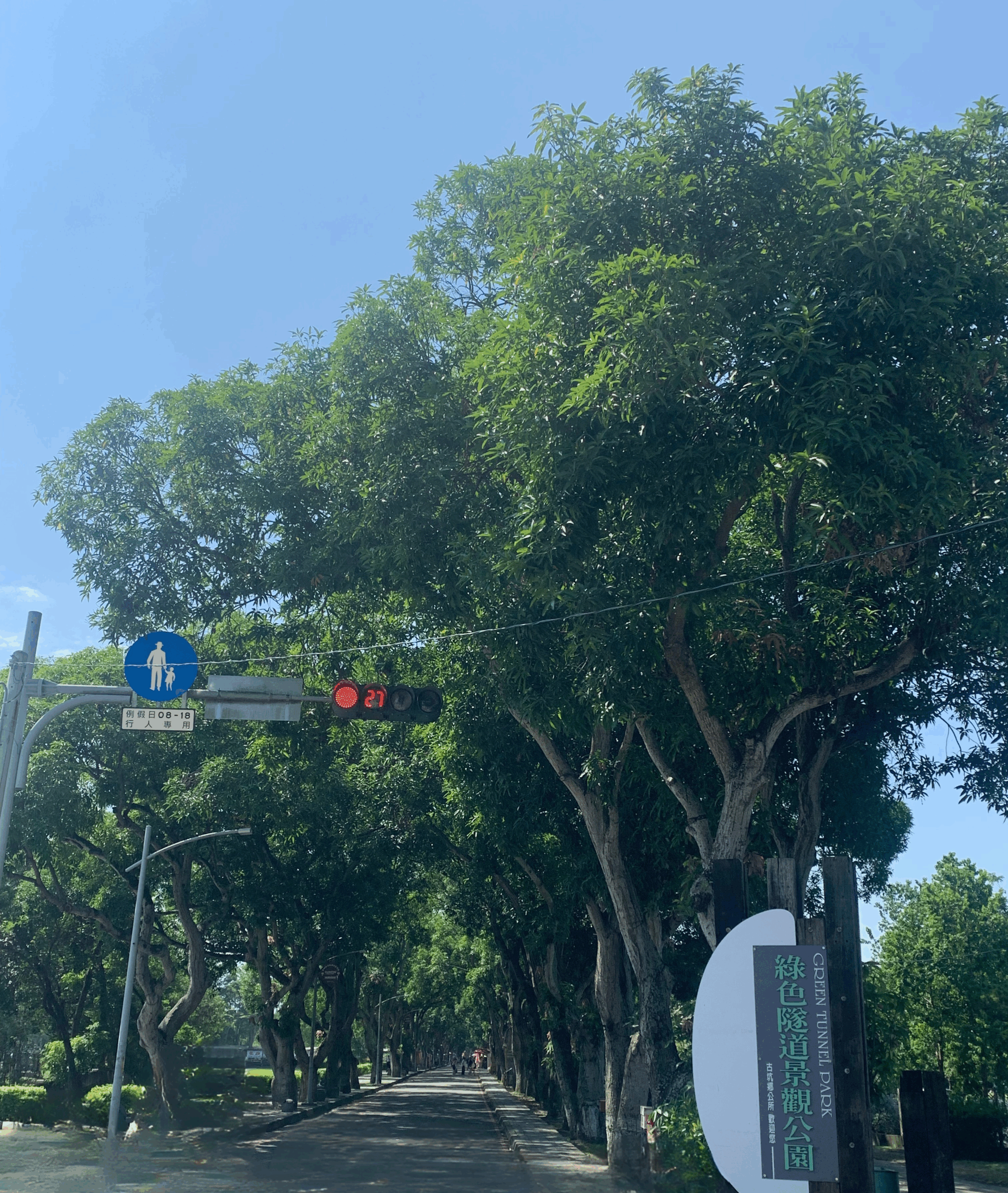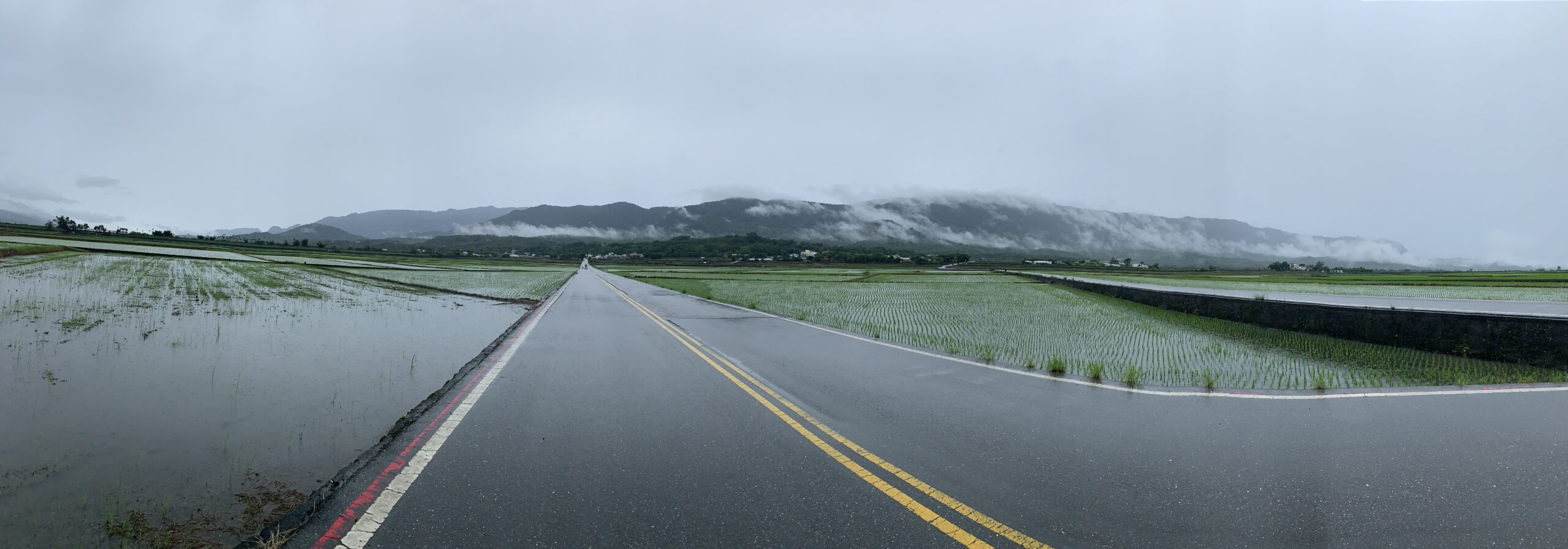《天星观楚简|楚国精英解忧事务所:CEO风险中的权力生活》
在楚国中层权力结构中,有一位叫“番胜”的封君,数次走进卜筮间,留下三道令人焦虑的问题——这个月侍奉楚王是否顺利?这场病会不会恶化?新宅能不能长久居住?他不是迷信,而是慎重评估一切变量,进行权力中的高压决策。天星观楚简,记录了一位战国精英的“风险控管日志”,也让我们看见:当年的贵族,就像今天的CEO,也需要一个“解忧事务所”。In the mid-tier power structure of the Chu state, there was a nobleman named Fan Sheng. He stepped into the divination chamber more than once, each time bringing a question shaped by deep anxiety: — Would his service to the King run smoothly this month? — Would his illness worsen, or pass? — Could his new residence truly become a long-term home? This was not superstition. It was a careful evaluation of shifting variables—power-bound decisions made under pressure. The Tianxingguan bamboo slips preserve his “risk management log”, showing us that even in the Warring States era, aristocrats—like today’s CEOs—needed a place to confront uncertainty. A Disquiet Affairs Office, where power meets precaution.

